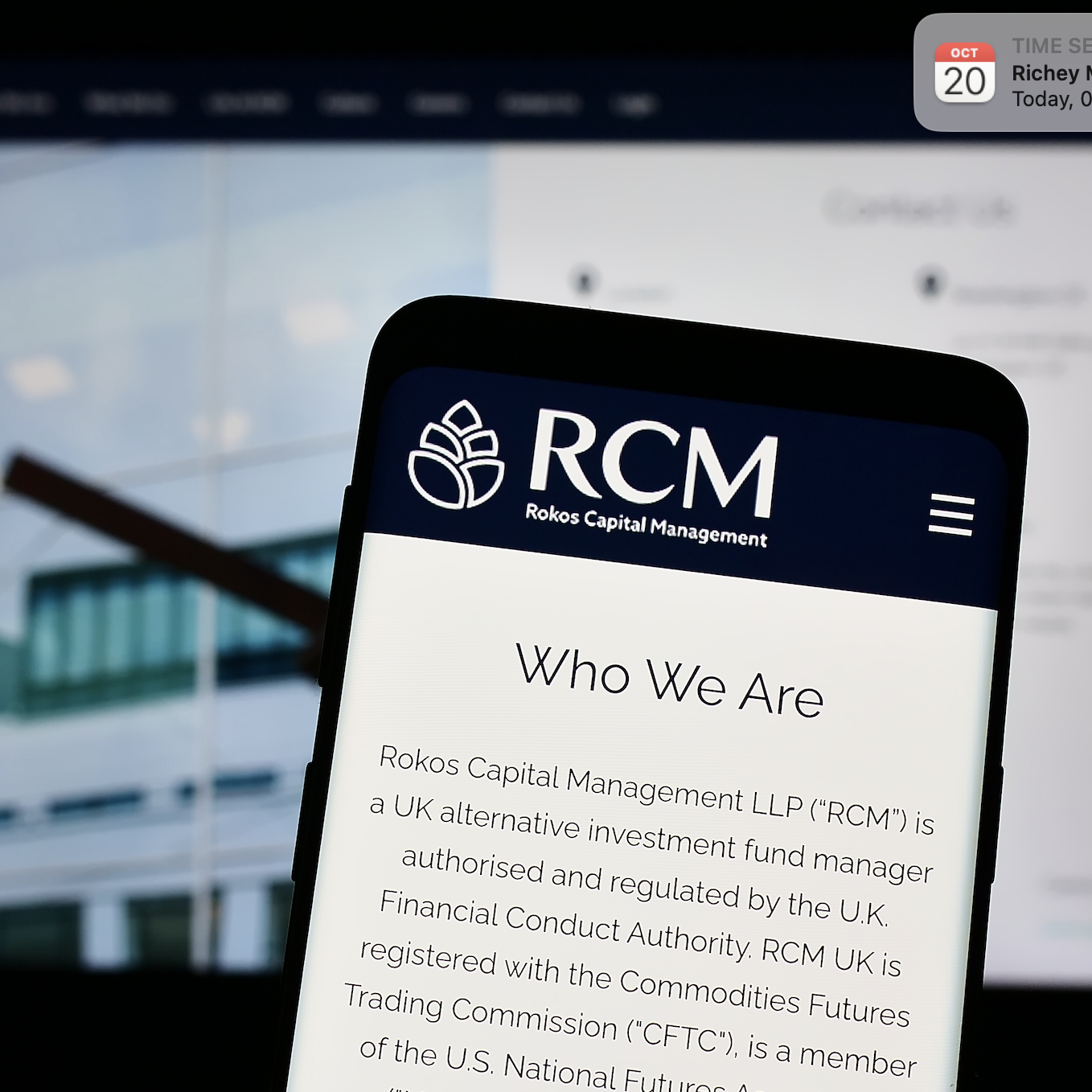Monetary policy divergence is not the only kind of divergence in the global economy that is contributing to a prolonged global and US economic expansion, says BNY Mellon Chief Economist Richard Hoey…
Currency markets can be a mechanism for redistributing growth and inflation within the global economy. “Expectations of future monetary policy divergence have been generating favourable trends in currency divergence. We expect a prolonged global and US economic expansion.
With a reduction in the fiscal drag and the deleveraging drag, combined with the gradual adjustment of the financial system to restrictive financial regulation, some acceleration in the pace of US economic growth is likely,” I continue to expect an eight-year economic expansion in the US. The US economy has just made an upward shift from a half-decade of expansion at a real GDP growth rate slightly above 2% to three years of 3% real GDP growth.
I believe that Eurozone inflation is at its extreme bottom, the Eurozone faces below-target inflation for several years to come, according to the report, given excess capacity and an inefficient monetary transmission mechanism. The fundamentally poor design of the euro system is hampering the transmission of monetary policy. Reported inflation in the Eurozone is only slightly above zero and core inflation is below 1%.
Over the next several years, the G4 central banks are likely to split into (1) the “normalising central banks” (the Bank of England and the Federal Reserve), where economic expansion appears strong enough that short-term policy rates should begin to rise in 2015 and (2) the “ZIRP central banks” (the European Central Bank and the Bank of Japan), according to Hoey. (ZIRP stands for “zero interest rate policy,” which is likely to persist at the ECB and the Bank of Japan for several years.
China is undergoing a permanent downward shift to a slower sustained growth rate, but the Chinese government has both the resources and the willingness to intervene to avoid a financial meltdown.
The final easing action of the Federal Reserve was its modification of balance sheet guidance. This change in balance sheet guidance contributed to the bond market rally in the first eight months of 2014. The new guidance is that the Federal Reserve will be slow to reduce its bond portfolio, retaining a large balance sheet for many years rather than quickly reducing its bond portfolio. A slow pace of tightening should cause Federal Reserve policy to eventually fall “behind the curve” over the next several years, resulting in an interest rate spike in 2017 or 2018.
Our basic outlook continues to be that low inflation permits easy monetary policies which will support ‘a long economic expansion.







